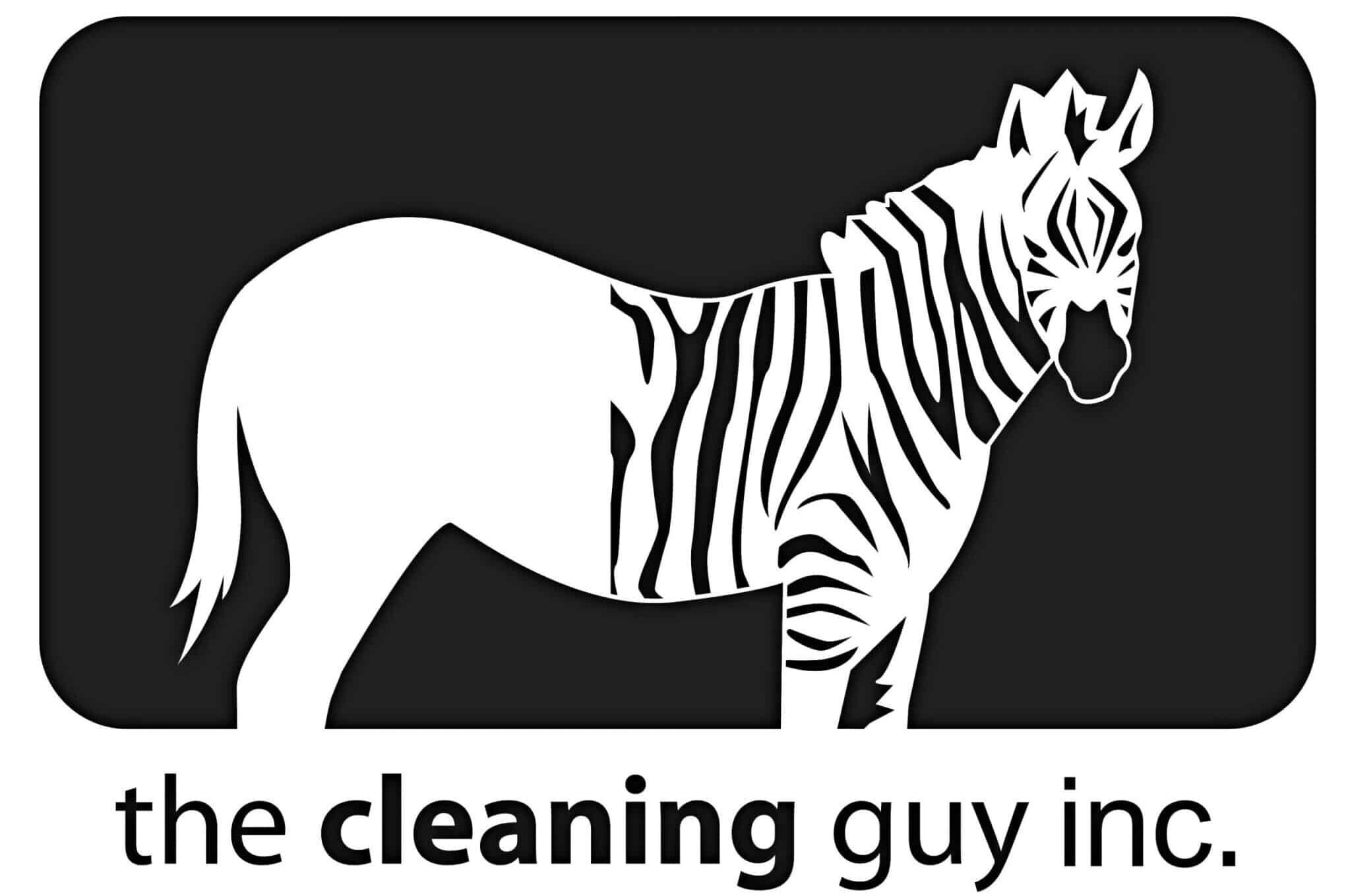In previous articles, we asked: To clean or not to clean? What is the green effect? Then we followed with: To protect or not to protect? (aftermarket stain guarding). What is the green effect?
In both articles, we concluded that to impact both your personal and the global environment, you must first consider the products and processes used for cleaning or protecting. Most importantly, you need to consider the lifecycle of the furnishings you purchase. Proper cleaning and protection help maximize the longevity of your furniture.
Often, our budget clashes with our environmental values, and we end up prematurely discarding furniture into landfills—only to spend more on replacements. The conclusion: Buy quality and maintain your furnishings professionally. It’s not only the eco-friendly choice but also the most cost-effective.
But what does it mean to buy eco-conscious furniture—and how do natural and synthetic fibers compare?
Synthetic Fibers (Polyester, Nylon, etc.)
These fibers are often appreciated for their durability and stain resistance. However, they are byproducts of oil, raising environmental concerns. Plastics can take 20–200 years to degrade, and microplastics are increasingly present in our water systems. That said, recycled polyester and fiber blends can offer a compromise between long-term serviceability and environmental responsibility.
Natural Fibers
Wool
One of the most eco-friendly fibers. It’s sustainable, durable, and has natural protective properties. Wool blends add beauty and texture. Like cotton, wool benefits greatly from regular professional cleaning and protection to ensure maximum longevity.
Cotton
A natural, breathable, and biodegradable option. It’s easy to dye—hence the wide variety of available colors—but it’s prone to staining. Cotton must be professionally cleaned and protected, as improper methods can cause browning. Use a quality protector to extend its life and appearance.
Leather
While leather is derived from cowhide (a concern for some from an ethical standpoint), it is extremely durable and sustainable when properly maintained. Leather should be cleaned, moisturized, and protected. With consistent care and the right protection quality leather furnishings can last for decades and even be passed down to future generations.
Silk
A luxurious and eco-friendly fiber, but best suited for low-traffic areas due to its delicacy. True silk pieces are typically costly and should always be professionally cleaned and protected with only premium products. When well-maintained, silk furnishings can become heirloom-quality.
A Warning About Viscose
Also known as rayon, bamboo silk, banana silk, or art silk, viscose is a semi-synthetic fiber made from regenerated cellulose (wood pulp). When exposed to moisture, viscose tends to weaken and break down. It requires harsh chemicals in production and lacks long-term durability. While it looks beautiful—especially in blends and velvets—it crushes and browns easily when exposed to liquids. Even
with professional cleaning and protectors, results may vary, and its serviceability is limited.
In Summary
There is much to consider when comparing natural and synthetic fibers, but these key points stand out:
- Buy quality.
- Opt for natural fibers that are biodegradable and sustainable.
- Maintain furnishings professionally, using a high-quality protector.
By maximizing the lifecycle of your furniture, you help reduce landfill waste—especially from harmful plastics—and make a meaningful, lasting impact on the environment.


